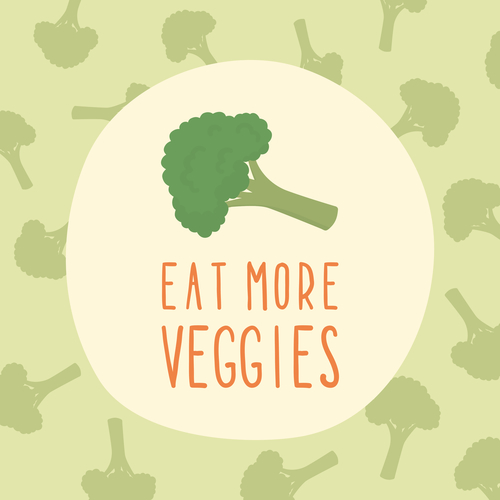The New York Times has published two articles lately that that highlight the importance of preventing obesity before it takes hold.
The first article:
Contestants on “The Biggest Loser” ended up with slower metabolisms after losing weight than they had before losing weight. And, their metabolisms never rebounded. The result? participants regained 70{0d9774446e5c1c486b14bfd00f317fb53ff44ec6f4ca4ad04b1a0b82436e9f13} of their lost weight.
The second article:
The problem is not willpower. It’s neuroscience. Your brain figures out your body set point, based on genes and life experience, and then works hard to keep you at that weight.
Obese people who exercise, eat enough vegetables and don’t smoke are no more likely to die young than normal-weight people with the same habits.
 Source: kondratya /depositphotos.com
Source: kondratya /depositphotos.com
1) There may be no more important public health initative than teaching young children to enjoy vegetables.
Teaching kid to enjoy vegetables is a fundamentally different task then getting them to eat vegetables.
Enjoying vegetables=Habit. The rest=lecture.
Kids who enjoy eating vegetables do so without being reminded or bribed. And they do it when their parents aren’t even around! They have the habitude!
2) Nutrition education will NEVER produce a nation of veggie-lovers.
Nutrition education is premised on the idea that when people know what they ought to eat, they eat what they ought to eat. In other words, “when you know better, you do better.” Research shows otherwise.
Read my Post: Even Nutrition Savvy Kids Choose Cookies.
Researchers were surprised that 3-5 year old children who were exposed to nutrition education could readily identify healthy snacks, but they still chose cookies when given the choice. (Yes, the researchers were surprised!)
Here’s another study:
Children 7-12 years old could correctly identify healthy/unhealthy snacks using an online grocery store simulation, but they still chose more than twice as many unhealthy items as healthy items. Why? They perceived the unhealthy items as being tastier.
And, it’s not that the children didn’t think the healthy items were tasty. It’s just that they thought the unhealthy items were tastier.
So what’s the solution? 10 Steps:
- Recognize that people eat for hedonistic reasons and that taste preferences are shaped much more than many parents believe. 8 Steps to More Fruits and Vegetables.
- Make veggies taste good. Stop with all the steaming. Vegetable Anxiety.
- Stop talking about health. How to Help Your Kids Hate Spinach; Junk Food=Yum, Healthy Food=Yuk.
- Consciously vary the taste and texture of the food kids are served. The Variety Masquerade.
- Early variety matters. Forget the go-slow-weaning approach. How do I Introduce Baby Food? Think Variety.
- Describe new food. Don’t just say, “Yum.” Look into My Crystal Ball; Introducing New Foods: Growing a Good Taster.
- Forget juice. It kills the chances kids will eat their veggies. Water vs. Punch and Soda.
- Minimize salty snacks. It also kills the chances kids will eat their veggies. Are You Sweet or Are You Salty?
- Settle for a Happy Bite. The Happy Bite; Salad Days.
- But serve veggies throughout the day…and do it every day. Fruits and Vegetables at Every Meal and Every Snack–Every Darned Day; The Snack as Mini-Meal Mistake
~Changing the conversation from nutrition to habits.~
(c) Its Not About Nutrition – Read entire story here.